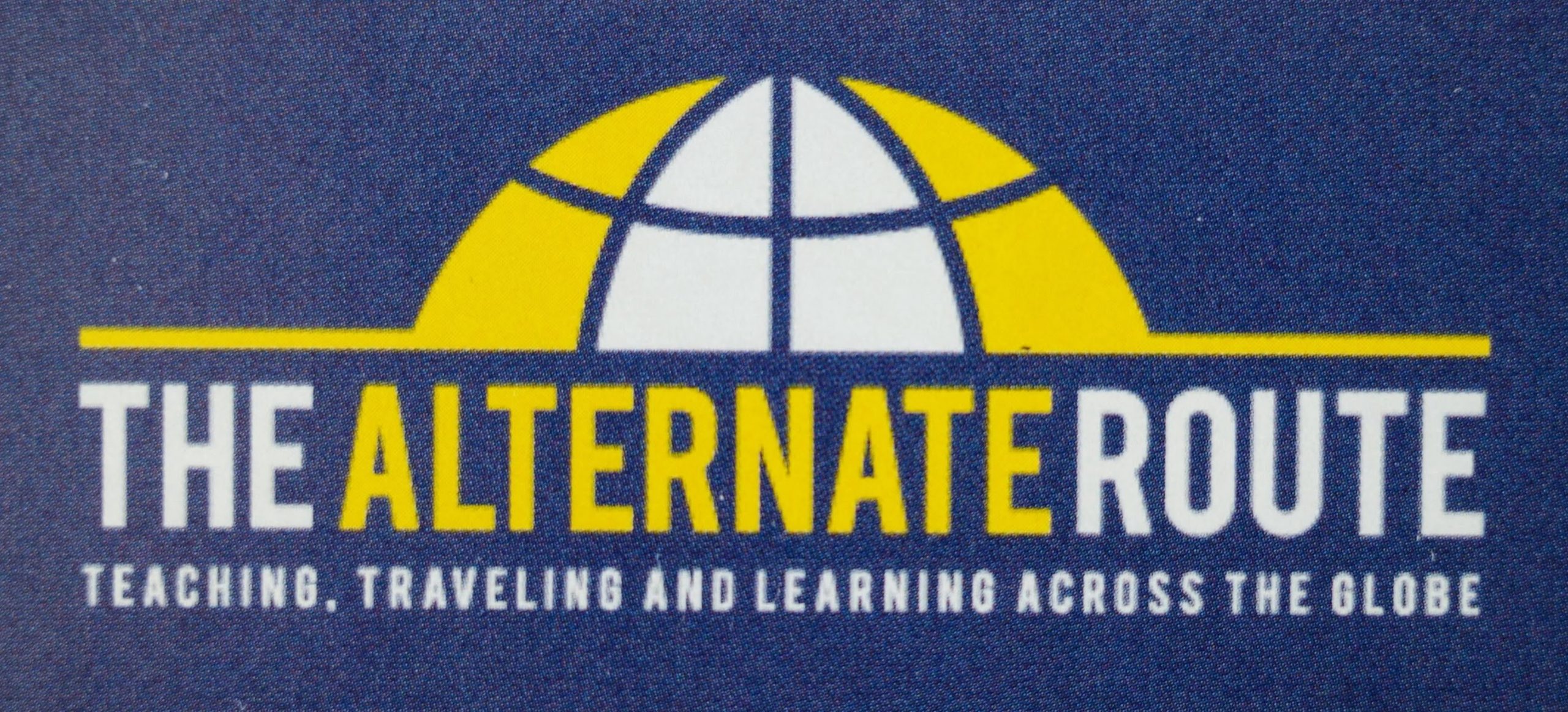This week I am responding to several prompts after reading the Introduction and first Chapter of “Educating for Global Competence: Preparing Our Youth to Engage the World,” a report by the Asia Society and the Council of Chief State Schools Offices.
-
From your perspective, in what ways are the societal and environmental transformations here described affecting your students’ lives today? How will they be affected in the future?
I have always felt the students at my school are fairly sheltered from the outside world. They live in a small working-class community with little diversity. Many students do not travel far outside of the community. Despite this, I can see that these students are not immune from the effects described in the Asia Society report, “Educating for Global Competence: Preparing Our Youth to Engage the World.” These changes include:
-
“the flattened global economy and changing demands of work;
-
unprecedented global migration and the changing nature of neighborhoods, identities, and citizenship;
-
and climate instability and the growing need for global environmental stewardship.” (p. 1)
The global economy has had an impact on many families in my school. Many have lost jobs due to downsizing and layoffs. Others have parents who are working several jobs. Parents are working second or third shifts and students are taking care of themselves. I have had many conversations with students who say they only see their parents on weekends. On the other hand, some families are prospering in the global economy, but there always seems to be a feeling of unease since things can change so quickly depending on outside forces that affect the economy. Although global forces have an impact on my students, I do not feel they have a clear understanding of why this is so.
My students are perhaps most naive about other cultures. I believe one of the challenges they will face in the future is from their lack of experience with cultures other than their own. Many teachers try to overcome this by getting students involved in international clubs and teaching about global cultures. Learning intercultural skills and how to value various points of view are important, especially for students who do not come into regular contact with other cultures.
My students live in a coastal community and climate instability is already having an impact on their lives. Stronger storms, such as Hurricane Sandy, are becoming more frequent. Extended school closings due to power outages are a regular part of the school year. Middle school students are beginning to understand that human activities and climate instability are related. Many have become interested in science because of the impact it has had on our community. In the future, these students will need to analyze patterns and trends in climate change so as to be better prepared for, and possibly minimize or prevent, its impacts.
-
In your opinion, what are the key reasons for educating for global competence? What are the barriers such an education might confront?
There are many reasons for educating for global competence. It is hard to identify which ones are more important than others, but here are what I consider to be the top reasons.
-
The world is changing rapidly. Tomorrow’s world will be vastly different than the world we live in today. Students need to be prepared for a world we cannot even imagine.
-
The world is already becoming a “global village” through the use of technology. This will continue at a rapid pace as technology continues to connect people. Students must know how to communicate with a diverse group of people and how to understand their point of view.
-
Problems one society faces now affect many others across the globe, thanks to our interconnectedness. Students will need to become “global problem solvers.” They will need to be able to collaborate across cultures to find solutions to problems.
Barriers to educating students for global competence include:
-
Politics and perception. Political forces ultimately shape major decisions for educators from how much money should be allocated to what should be taught and how we should evaluate students and teachers. Educating for global competence may sound “anti-American” to some groups. It could be deemed just not that important for others. Changing these perceptions and convincing those in power of its importance is a huge barrier.
-
Money. Teaching global competence will require extensive training for teachers, as well as materials to make this teaching possible. New technology for schools will help students connect with other cultures, but teachers will need a lot of time and training to become globally competent themselves. This will take time and money, which will certainly be barriers to implementing such change.
-
In your current opinion, what distinguishes a high- from a low-quality education for global competence?
Even though high-speed Internet, whiteboards, iPads and Skype can make educating for global competence easier for teachers, these tools do not guarantee a high-quality education. I know teachers who have a lot of technology in their classrooms but rarely, if ever, use it to educate for global competence. High-quality education for global competence would start with the teacher having such goals in mind. It would be authentic. For example, students would not write argumentative essays for the teacher to grade, but may write essays to real people or groups that can respond to them. Science students might collaborate with students from other countries to examine a problem that affects both groups. In short, high-quality education for global competence includes all of the components listed in this first chapter: “inquiry, recognizing perspectives, communicating with diverse audiences, and acting
in competent ways.” (p. 7)
cc image by pixabay.com

